In a volatile economic environment, an uncertain global market, and an unprecedented rise in digital threats and regulatory compliance, organizations are facing a crucial question : How can they continue to grow in a world of risk? Traditional planning is no longer sufficient, and rapid responses alone cannot guarantee survival. This is where Enterprise Risk Management (ERM) comes in. As an indispensable strategic tool, it goes beyond the classic concept of protection, becoming a compass that guides the organization towards informed decisions and calculated growth .
Imagine if, as a leader in your organization, you could see what others don't: indicators of impending volatility, vulnerabilities hidden in daily operations, and growth opportunities lurking behind risky decisions. This is exactly what modern enterprise risk management promises. It's not just a compliance or loss-avoidance mechanism, but a predictive system, based on intelligent data analysis, that gives you the power to confidently lead your organization through uncertainty .
With the development of analysis and digitization tools, advanced systems such as DocSuite ERM have emerged. It moves this concept from theoretical to practical, integrating it into the organization's daily operations. Risk is no longer discussed only during times of crisis; it has become part of every investment decision, every new project, and every expansion plan .
In this article, we'll explore how enterprise risk management is becoming the backbone of future growth strategies, and how organizations can embrace this shift to stay ahead of threats and transform challenges into opportunities. Read on to discover how risk management is transforming from an organizational burden into a driver of innovation and excellence .
Major transformations in the business environment
Before discussing enterprise risk management as a leadership tool, it's important to understand the new context in which companies operate today. The business environment is no longer the stable, predictable one of previous decades; it's now a space that changes instantly, harboring waves of both threats and opportunities .
🌐 Acceleration Transformation Digital
Digital transformation, despite its benefits, has unleashed a wave of new challenges, including :
- Heavy reliance on cloud systems and smart applications .
- Complex and persistent cyber threats .
- The need for continuous updating of digital infrastructure .
⚖️ Legislation strict And fickle
Today, organizations face a rapidly changing legislative landscape that varies from country to country :
- Data protection laws ( such as GDPR and Laws of Cybersecurity).
- (ESG) transparency and disclosure requirements .
- Anti-money laundering and counter-terrorist financing obligations .
🌍 Risks not traditional
Financial risks are no longer the biggest concern, but new types of influential risks have emerged :
- Climate risks : affect supply chains and operations .
- Reputational risks : The rapid spread of news through social media can damage an organization's image within hours .
- Internal operational risks : due to reliance on process automation without sufficient awareness of the internal structure .
🔄 Speed Change impose response strategy
In this new reality, it is no longer enough for an organization to "react" to risks; it must also be proactive in sensing, analyzing, and planning for them. Therefore, organizational resilience has become a core asset, a pillar that cannot be built without effective and integrated enterprise risk management .
From Responsiveness to Proactivity – The Evolving Role of Risk Management
In the past, enterprise risk management was viewed as a secondary support function, only stepping in when a problem occurs or signs of a crisis emerge. Today, its role has become more vital, as it is viewed as an integral part of strategic planning and executive decision-making .
from Response For crises to Prevent it
In the past, risk management was often viewed as a response to emergencies or post-crisis crises, making it part of the "firefighting" system. However, as risks have grown in complexity, this approach has become increasingly limited. Organizations today must build the ability to sense risks before they arise and analyze weak signals that may seem insignificant but are early indicators of potential crises. This preemptive analytical capability is what distinguishes modern risk management from traditional approaches .
📈 Indicators Risks Key (KRIs) as a tool proactive
One of the most important proactive tools is Key Risk Indicators ( KRIs ) , which enable organizations to track operational or environmental trends that may indicate a particular risk is escalating. For example, a rising customer complaint rate could be an early warning sign of a supply chain or service quality disruption. By integrating these indicators into digital dashboards, leaders can see the level of risk exposure in real time and take preventative action before the problem escalates .
🔗 Integration administration Risks with Strategy
In traditional models, risk management was separate from the strategic planning process, appearing only at later stages as a review. Today, however, the modern vision requires integrating risk management from the very beginning of goal and plan formulation. This requires analyzing the risks associated with each strategic option , assessing their impact on performance, and developing response plans that are aligned with the nature of each stage of growth. In this way, ERM becomes a tool for evaluating decisions, not merely a reaction to them .
🧭 from job Operational to role leading
As the role of risk management has grown, organizations have begun to recognize that risk experts are not just analysts but must be partners in decision-making. As such, we are beginning to see risk managers embedded within executive leadership, and in some cases, even as permanent observers on boards. This development reflects a growing recognition that effective leadership means not only pursuing opportunities, but also the ability to effectively manage uncertainty . Thus, ERM is becoming an indispensable component of modern leadership .
New analysis and forecasting tools
Enterprise risk management has evolved significantly thanks to the introduction of modern analytics technologies, enabling organizations to transition from manual assessment to dynamic, data-driven forecasting. These tools are not just technical additions; they represent a paradigm shift in the way we think about and prepare for risk .
🧮 Analysis Possibilities and modeling Scenarios
Probability analysis is one of the most prominent techniques used today in risk forecasting. It calculates the likelihood of a particular event occurring and its impact on financial or operational performance. When combined with scenario modeling , an organization can examine the multiple impacts of any decision or external development—such as a change in exchange rates, a supply disruption, or a change in regulatory laws. This technique helps decision makers evaluate alternatives in light of potential risks and choose the most balanced scenario .
Intelligence artificial and learning automated
Artificial intelligence (AI) and machine learning (ML) are beginning to play a pivotal role in risk analysis, especially in organizations dealing with massive amounts of data. By training models on historical data, these systems can recognize patterns that precede risk occurrences, such as unusual supply chain behavior or changes in user behavior. This predictive analysis enables the detection of "hidden risks" that are not apparent through traditional audits .
📊 Integration with tools intelligence Business (BI)
intelligence systems are an ideal platform for integrating performance indicators and risks into a single place. These systems create interactive dashboards that display real-time risk status, allowing for deep data exploration and detailed analysis. This enhances senior management's ability to make informed decisions and builds a corporate culture based on transparency and real-time analysis rather than static reports .
🧩 from Data to Insight
The difference between simply collecting data and understanding it lies in "turning data into insight." Instead of simply collecting hundreds of metrics, they are analyzed within their operational and strategic context, generating actionable recommendations. This is what modern systems like DocSuite ERM enable , which goes beyond simply displaying numbers but also employs predictive and automated analysis to support informed decisions based on a deep understanding of risks .
DocSuite ERM as an Application Model
In light of the accelerating digital transformation, traditional spreadsheets or paper-based risk reports can no longer be relied upon. Organizations need a flexible, intelligent, and integrated system that can handle the complexities of the modern operating environment. This is where DocSuite ERM comes in. As a pioneering Arab model that embodies the concept of modern corporate risk management in a practical and comprehensive manner .
🖥️ board Control dynamism To follow Risks
DocSuite ERM provides a centralized, interactive dashboard that provides users with real-time visibility into risk levels by department, process, or project. It allows users to :
- Track high priority risks .
- Analyze trends of escalation or decline over time .
- Filter indicators by category, rating, or timeline .
🛠️ Evaluation comprehensive And automatic For risks
One of the most notable features of DocSuite ERM is the ability to automatically record and assess risks according to a customized system based on :
- Likelihood .
- Impact level .
- Risk type (operational, financial, strategic, etc.) .
The system relies on automated assessment matrices that place risks into color-coded categories (red/yellow/green), making it easier for decision-makers to immediately understand the overall situation .
🔄 escalation And alerts smart
DocSuite ERM provides an intelligent risk escalation system, which enables :
- Activate automatic alerts when certain indicators are exceeded .
- Assigning risks to the relevant departments based on their type and severity .
- Track the status of each risk from registration to closure, archiving the entire path for audit and review purposes .
🔗 integration with Systems operational Other
DocSuite ERM supports seamless integration with systems such as :
- Human resources systems to identify risks related to staff .
- Maintenance and production systems to evaluate faults or operational interruptions .
- Document systems for attaching supporting documents for risk analysis .
🧪 Cases Use Realism
In both government and private organizations, DocSuite ERM has proven effective in :
- Reduce risk response time by up to 40 %.
- Improve the accuracy of impact assessment .
- Support strategic decision-making through customizable periodic reports .
The Future of Risk Leadership
When organizations successfully embed enterprise risk management within their strategic framework, they go beyond simply "dealing with crises." Instead, they begin shaping their future with confidence and poise . Today's most successful organizations are not necessarily those that do not face risks, but rather those that know how to manage them intelligently .
🧭 from administration Risks To " Leadership" At risk
The concept of risk management is evolving into what is known as risk leadership — using risk as a tool to guide decisions, set priorities, and explore hidden opportunities. Organizations that adopt this approach find themselves :
- More flexible in adapting to crises .
- Be quick to seize rare opportunities .
- More aware of the rapid changes in the surrounding environment .
🧑💼 Climbing role Officials Risks to Leadership Supreme
Become a Chief Risk Officer (CRO) A pivotal figure on boards, not only for evaluating reports, but also for providing strategic insights into market trends and emerging challenges. In some organizations, the presence of a CRO has become a requirement in the governance structure, alongside the chief financial and operational officers, because "strategic vision without a deep understanding of risk can be a gamble ."
💡 Risks As an opportunity For innovation
Risk is often viewed as an obstacle or a threat, but smart organizations are starting to reframe this view :
- Technological risks may mean the need to adopt new technologies that enhance efficiency .
- Regulatory risks may prompt the development of more effective and transparent procedures .
- Environmental risks may inspire sustainable solutions that open new markets .
🧬 Link between Risks and governance and sustainability
In the future, risk management will be closely linked to environmental, social, and governance (ESG) principles. Organizations that manage risk from a sustainable and transparent perspective will be better able to build trust with stakeholders, maintain their reputation, and attract investment .
nature of corporate work has changed radically, and risks have become an integral part of the daily landscape of any organization, whether small or large. In this context, enterprise risk management (ERM) is no longer just a regulatory procedure or a file periodically reviewed for compliance purposes. Rather, it has become an effective strategic tool that leads the organization toward smarter decisions and a stronger competitive position .
With the advancement of analytical tools and the emergence of intelligent systems like DocSuite ERM , organizations can shift from reactive to proactive, from monitoring to proactive, and from analysis to prediction. This shift not only gives organizations the ability to avoid losses, but also gives them the calculated courage to grow and expand in a complex environment .
The most important message that can be drawn is that future corporate success will not be measured solely by profits, but rather by the organization's awareness of its risks and its ability to manage them in an integrated and proactive manner . Therefore, building a corporate culture focused on risk management is not an organizational luxury, but rather a long-term investment in the organization's stability and sustainability .
If your organization seeks leadership, not survival, start now to enable risk management to become not just a protection tool, but the modern mind of the organization .
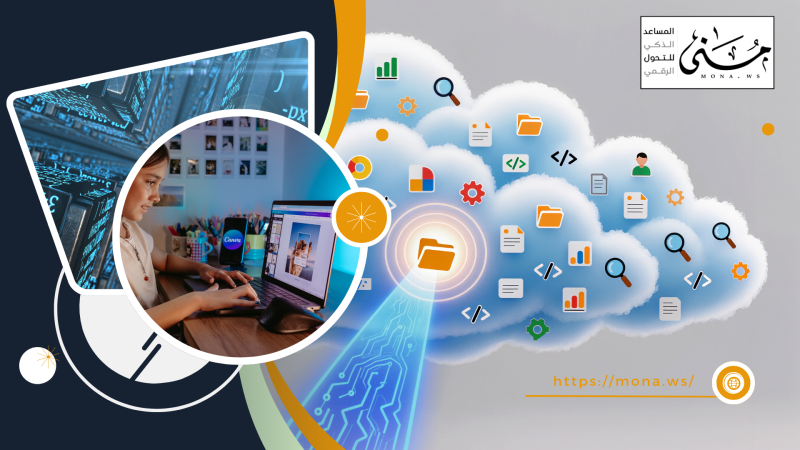

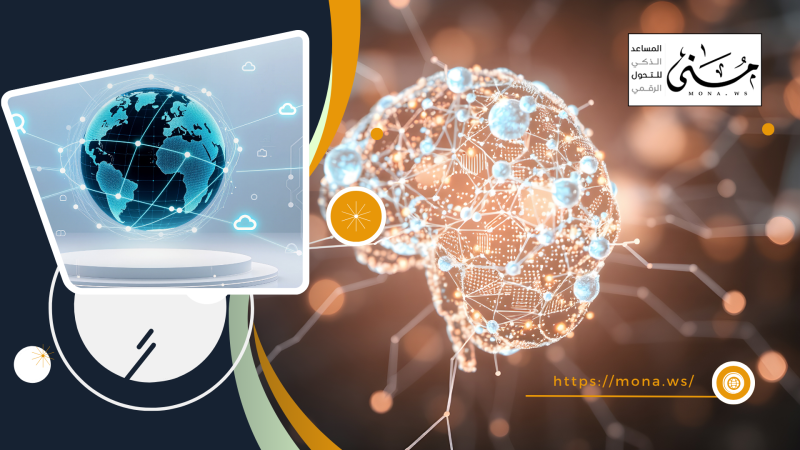
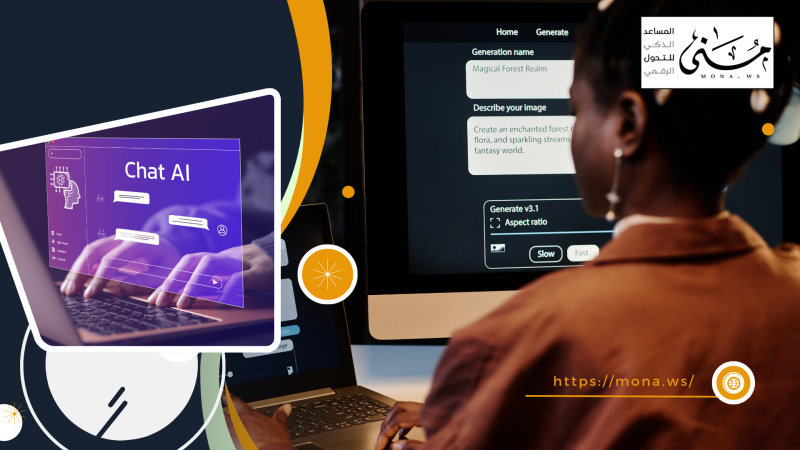
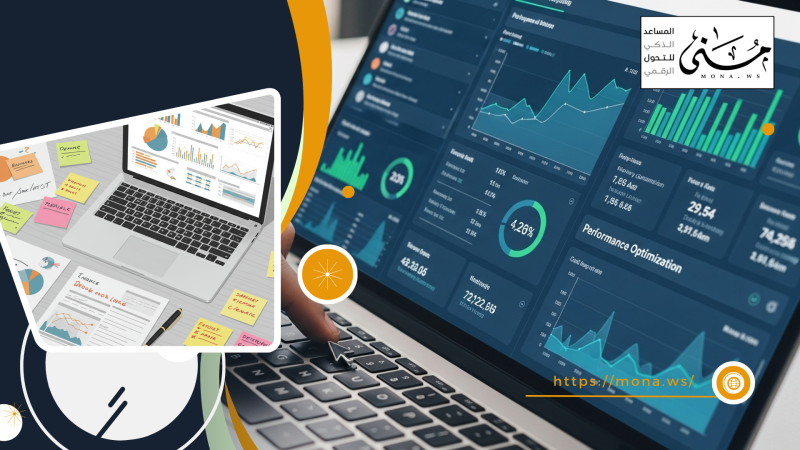

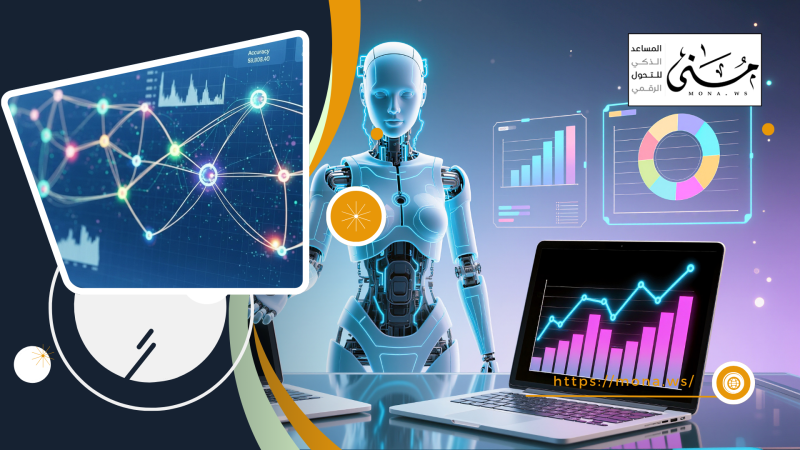

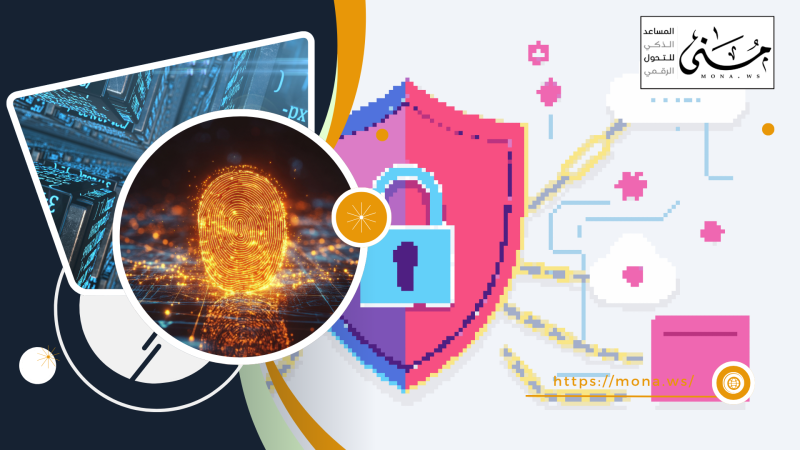
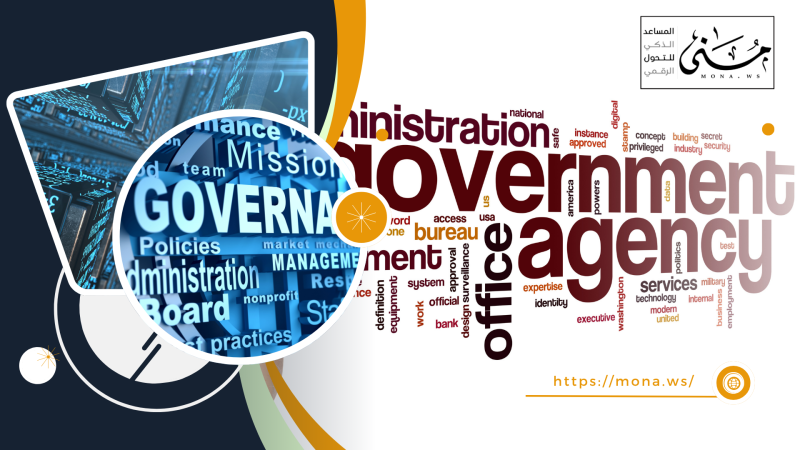
Comments
Add New Comment